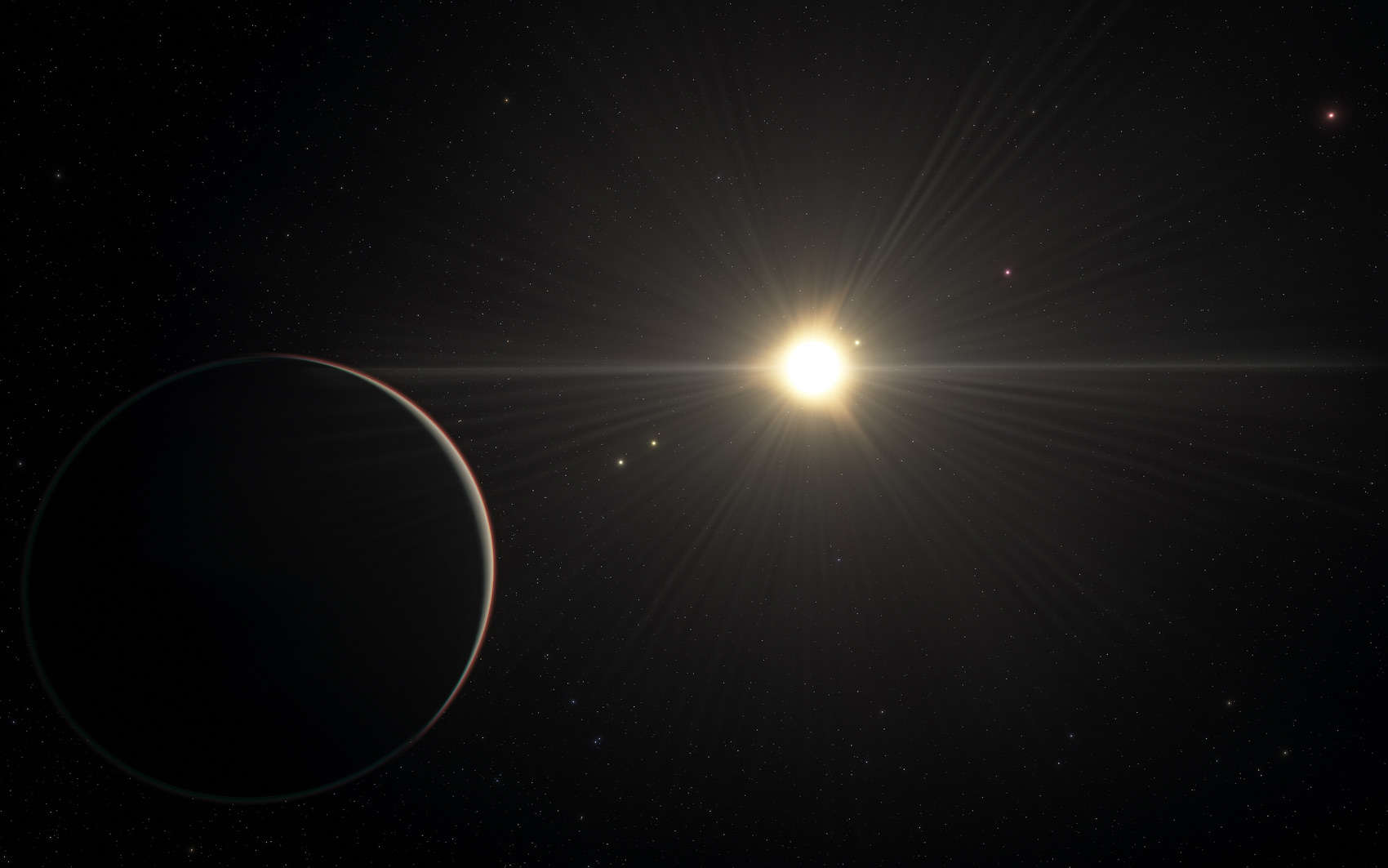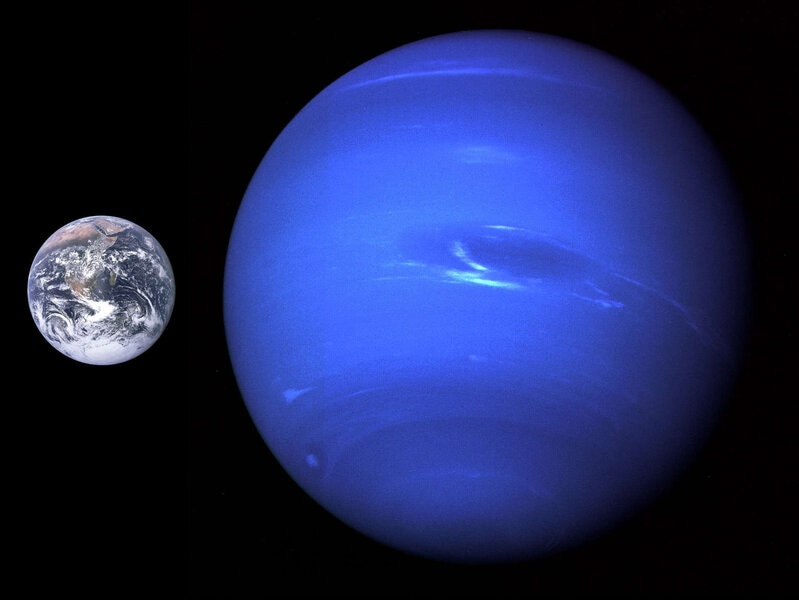Create a free profile to get unlimited access to exclusive videos, sweepstakes, and more!
A six-planet system dances in time to the tune of gravity

Astronomers have found a remarkable solar system, a system of planets orbiting a nearby star. For one thing, there are at least six planets found there. For another, the outer five planets are orbiting the star in synch, moving like dancers to the tune of gravity!
The star is called TOI-178, and it's a hair over 200 light years from Earth. TOI stands for TESS Object of Interest, a star with candidate planets detected by the Transiting Exoplanet Survey Satellite (making TOI an abbreviation with an embedded acronym; that's not important but for some reason those crack me up).
TESS looks for regular, periodic dips in starlight indicating we're seeing that planet pass directly in front of its star, making a mini-eclipse, what we call a transit. That only happens when we see the orbit edge-on. But from that the period (the planet's "year") and the size of the planet can be found — a bigger planet blocks more light.
When astronomers analyzed the TESS observations of TOI-178, they found there are six planets orbiting the star, and the outer five planets all have periods that are simple multiples of each other!
The planets are called TOI-178b through TOI-178g (the first planet discovered is given the star's name plus a lower case b). The periods of the planets, in order out from the star and in Earth days, are b = 1.91, c = 3.24, d = 6.56, e = 9.96, f = 15.23, and g = 20.71.
Take a look at those numbers: It takes planet d very close to twice as long to orbit the star as planet c, so c goes around the star twice in the time it takes d to go around once. The period of planet e is three times that of c, so c goes around three times for every time e goes around once. Planet f goes around twice for every three times planet e does, and, finally, planet g goes around 3 times for every four times planet f does.
When one planet has a period that's a simple multiple (a number that can be expressed as a fraction with two integers, like 2/3 or 5/4) we say they are in resonance. In this case, it's a resonance chain, with all the outer five planets moving in simple multiple periods.
We know of a few systems like this; TOI-178 brings the number to 5. In one sense they come about naturally and easily. Planets form from a disk of gas and dust around the star, and as they interact with that disk their orbits change. They tend to slowly move closer to the star. But as that happens they can move into a resonance pattern, and their gravitational interactions tend to reinforce that pattern. If one planet moves a little too fast the planet outside it pulls it back a little, and vice-versa.
On the other hand, when you have five planets in a chain like this, it can be a delicate thing; if one planet is off by even a little bit it can throw off the entire dance, and the planets' periods will change, disrupting the resonance. This tells us something about how they formed: It must have been a relatively gentle process, allowing them to settle into these orbits. If there had been another big planet yanking on them it would have disrupted the chain. The star is roughly 7 billion years old, so this system has been stable for a very long time.
I'll note that these planets are pretty close in to their star, which is what we call a K-type star, smaller and cooler than the Sun. Still, they're very close and all cooked by it.
Transits tell us the sizes of the planets, too: In order from the star, the planets' size relative to Earth are b = 1.18, c = 1.71, d = 2.64, e = 2.17, f = 2.38, g = 2.91. They're all bigger than Earth, but smaller than Neptune, so we call them super-Earths on the low end and mini-Neptunes on the bigger end. But they're all mixed up. In our solar system, the smaller planets orbit closest in, and the giants farther out. That's not the case here.
Odd. But there's more. The astronomers followed up on the discovery with other telescopes to measure the reflex velocity of the star, which tells us how massive the planets are (as they orbit the star they tug on it, making it go around in a complex pattern; the more massive the planet the harder it tugs).
If you calculate the density of the planets (the mass divided by volume) it's even more mixed up. In terms of Earth's density (about 5.5 grams per cubic centimeter, or 5.5 times as dense as water), in order, the planets of TOI-178 are b = 0.91, c = 0.9, d = 0.15, e = 0.39, f = 0.58, g = 0.19. So the inner two are a little less dense than Earth, but d is much less, with e is much denser than d, and f denser still, and then g is way lower. They're all over the place!
The density is important because it tells you what kind of planet it is. Gas giants have densities up to 0.2 Earths or so, and rocky/metal planets closer to 1. Here we see they're mixed up in their order from the star, completely unlike our own solar system. That's hard to explain, and is telling us something important about how these planets formed. We just don't know exactly what yet.
I'm delighted that we're finding all these systems so different than ours. I was going to call them "odd" first, but I wonder. If this one is only 200 light years away, it implies systems like this are common; it seems like long odds one would be so close if they were incredibly rare.
Maybe we're the weird system. I think that would be delightful, too. Maybe we just seem normal because we're what we're used to and that's what we base our opinion on.
If there's a moral lesson there, why, maybe we should listen to the Universe more.
















